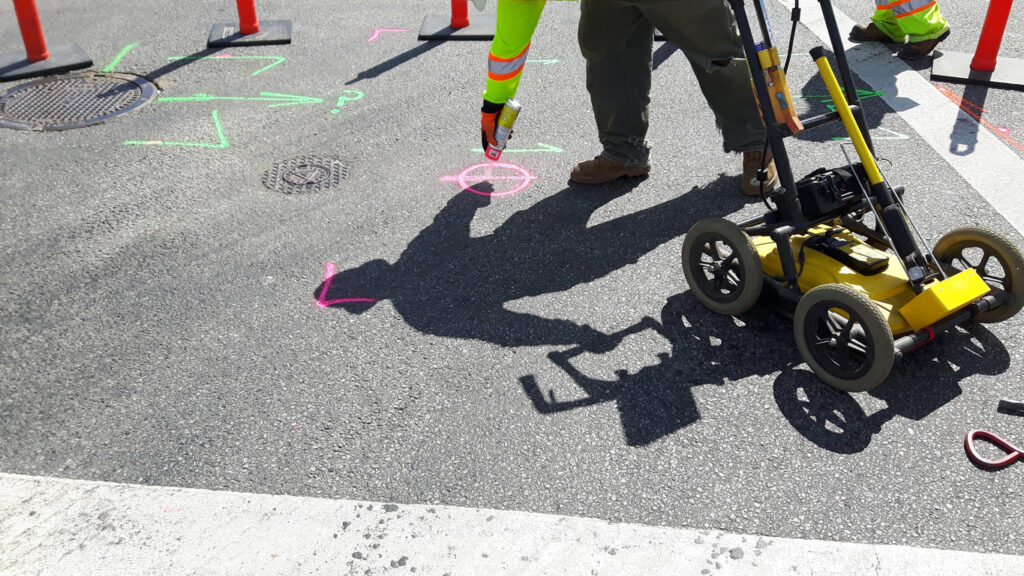This work was done in collaboration with Safe Software partner IMGS.

Delivering high-speed connectivity to rural communities across Ireland
Contracted by the Department of the Environment, Climate, and Communications (DECC), National Broadband Ireland (NBI) is facilitating the rollout of high-speed fibre broadband as part of the State’s National Broadband Plan (NBP). The NBP aims to provide universal access to high-speed broadband across Ireland, fostering equal opportunities for everyone, regardless of where they live, work, or study.
As the largest telecommunications project undertaken by the Government of Ireland and the largest of its kind in Europe, the high-speed fibre broadband network will cover 1.1 million people across 564,000 premises, including 91,000 businesses and farms, and 672 schools.
This massive infrastructure initiative requires NBI to efficiently manage vast amounts of spatial data, integrate multiple data formats, and ensure accurate reporting across the project’s lifecycle. To manage this task, NBI and Safe Software partner IMGS leveraged FME to ensure a smooth, scalable, and accurate broadband rollout across Ireland.
Managing complex data integration with efficient, scalable solutions through FME
To facilitate the rollout of high-speed broadband, Ireland and all offshore islands are divided into 227 Deployment Areas (DAs). Each DA goes through four key stages during the Deployment Phase: Survey, Design, Build, and Connection. FME has been central to the integration of data across NBI systems in the project deployment phase.
Design Stage:
At the Design Stage, FME powers essential spatial analysis, streamlining permissions, and managing national datasets, and plays a critical role in helping NBI prepare for broadband infrastructure deployment. The Permissions Team relies on FME for spatial analysis, determining where infrastructure installation sites are situated within the boundaries of private and commercial landowners.
Additionally, NBI uses FME for the management of large national datasets, which are received in a variety of formats, including DGN, GML, and SHP. FME automatically converts these datasets into compatible formats for NBI network data in ArcGIS Online to be viewed by NBI teams. This automation ensures that national datasets are kept up to date while also allowing NBI to process large volumes of data quickly and efficiently. FME’s ability to convert CAD data within the ArcGIS Enterprise geodatabase is key to the seamless integration of national datasets into NBI’s systems.
Before construction can begin, FME also streamlines approval submissions by aggregating data from multiple datasets to generate design reports for DECC approval. This integration ensures that all necessary information is accurately presented, reducing delays and expediting the approval process.
Build Stage:
FME plays a critical role in the Build Stage, facilitating supervised access requests, data translation, and quality control.
To perform core drilling in third-party infrastructure, NBI must submit weekly access requests including geotagged photos and site coordinates for approval. FME automates the quality control of these submissions, verifying that all photos are correctly geotagged and within 25 meters of the chamber. In validating geotagged photos, FME identifies issues prior to submission, ensuring compliance and minimizing delays. Additionally, FME standardizes photo naming conventions, further streamlining the approval process.
FME is also used for tree trimming data translation, where LiDAR scans are used to identify where trees infringe on proposed cable locations. Data is automatically translated from LiDAR scans of the aerial network onto NBI’s Build map, which serves as a single source of truth throughout the Build Stage. This process helps identify the sections where tree trimming and additional on-site surveys are needed, facilitating seamless communication with field teams.
Connections Stage:
FME continues to play a vital role in ensuring the accuracy of NBI’s AsBuilt Data Management in the next project stage. Relevant data is extracted and loaded from specific deployment areas—known as ribbons—into NBI’s ArcGIS Enterprise geodatabase. This process ensures that only the most up-to-date infrastructure changes are reflected in the final AsBuilt maps, improving the reliability of NBI’s mapping and inventory management systems.
Enabling lasting connectivity: FME’s continued impact on NBI’s broadband rollout
As NBI works to connect rural communities across Ireland, they continue to use FME to support the project. NBI can efficiently process large volumes of spatial data, ensure regulatory compliance, and manage the intricate details of a project that spans hundreds of thousands of premises.
By enabling efficient data management and automation, FME is helping NBI meet its goal of bringing fast, reliable broadband to rural homes and businesses across Ireland.




